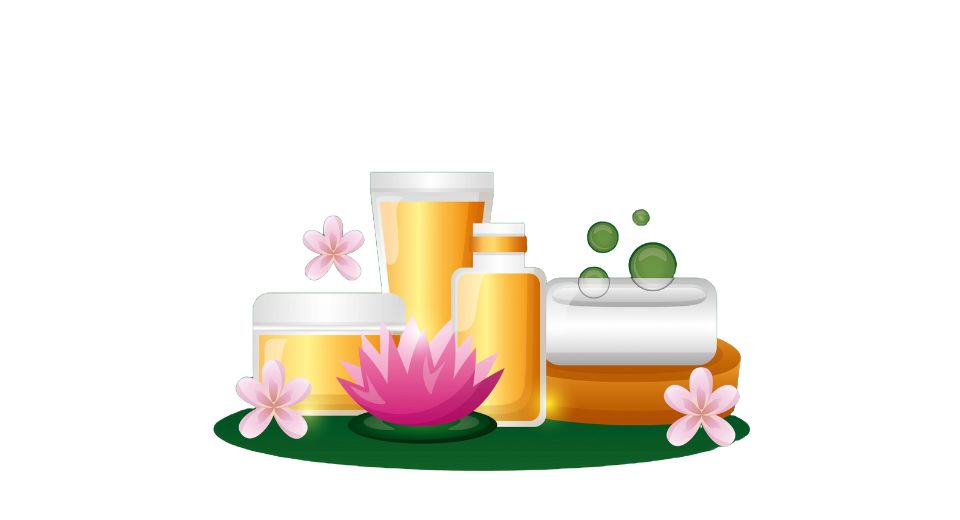
Jan 06, 2025

As per the vast information gathered by Metastat Insight, the global skin care and cosmetics market is one of the most diversified and vibrant niches in the beauty and personal care market. Therefore, the growth trend reflects some change in the preference of customers, developed technology, and an emphasis on diversified innovation in both emerging and traditional needs. This market is special because it can easily shift with shifts in demographics, cultural tastes, and environmental concerns to shift its products based on the preferences of a diverse population of users around the globe.
Skin care and cosmetics have been part of the grooming culture since time immemorial but have developed enormously in importance during the last century. Today, these products are no longer just enhancers but are increasingly linked to health, self-care, and sustainability. Modern consumers are keen on ingredients that are safe, effective, and ethically sourced, and brands in this market have adjusted their strategies to align with these demands. Transparency in formulation, cruelty-free certifications, and eco-friendly packaging are no longer desirable features but expectations for many shoppers.
This has also contributed to how the consumer views use of skin care and cosmetics due to the heightened use of digital platforms. For social media, it is a highly influencer-driven place where trends are more influenced by people who reveal reviews, tutorials, and experiences that have led people to get excited about it. The places also create awareness, and that translates to buying products, thus becoming a marketplace whereby product visibility and reputation take the lead. Companies have woken up to that and are reaching out to their public through digital media, giving great emphasis towards authenticity and relevance for branding.
Emerging technology has changed not only the form of product creation but also a consumer experience about the product developed. Advanced research and innovation on skin care provided the latest in formulations and tools made it more personable. Science has actually become the mantra for the industry in redefining its offerings, be it from AI-driven diagnostic tools analyzing the needs of an individual skin or serums that have been created with biotech ingredients. This is what has not only uplifted the efficiency of products but also empowered consumers with data-driven decisions about their skincare routines.
Global trends have also shaped marketing and consumption of skin care and cosmetics. The new wave of inclusivity and representation in advertisements has reshaped the standards of beauty to promote diversity in age, gender, and ethnicity. This has driven brands to offer a wider variety of products for a wider group of consumers, including those with specific skin types and issues. This is also the case because cultural influence had been a primary factor in shifting the product innovations such as the traditional beauty practices and ingredients that inspired new formulations for the niche market.
The focus of the industry remains sustainability. Brands have increasingly looked at their impact on the planet and incorporated more sustainable approaches. Examples of this are using natural and renewable ingredients, less water-intensive production, and getting rid of single-use plastics from packaging. With consumers demanding environmentally friendly products, the industry has responded by aligning sustainability as part of the core business approach.
This skin care and cosmetics market is highly competitive, with big global players alongside new, innovative players. Established brands have decades of experience and reputation, while new players bring fresh insights and new ideas to the table. This interplay creates a very dynamic market that encourages constant innovation, raising standards of quality and performance.
Geographical differences make various markets come into market growth differently. For example, the Asian market still stays at the curve for innovations in terms of multi-step, complex, or highly technological ingredient formulations in regards to skin care. This contrasts with a more wellness or multifunctionality emphasis of their products in the Western market. That is how these regional preferences create the perfect interregional cultural exchange for further development.
These regulations over time have tended to be very much related to consumers' safety as well as efficacy of the product, and there is now inclusion of international compliance in the manufacture and marketing, which adds worth to consumers' choices of product. Such regulation keeps the market integrity intact as well as stimulates ethical and sustainable practices among its participants.
In a nutshell, it illustrates that this world of skin care and cosmetics continues to rise dramatically as reflected through the insightful findings by Metastat showing that innovation has a relationship built on sustainability as well as acceptance. Innovation remains in pursuit through this as consumers' desires would continue, making the world reshape its own image. It is a story of this market, one which speaks of the resilience and capability of the same to reach deeply into the wide-ranging needs of its global audience.
Drop us an email at:
Call us on:
+1 214 613 5758
+91 73850 57479